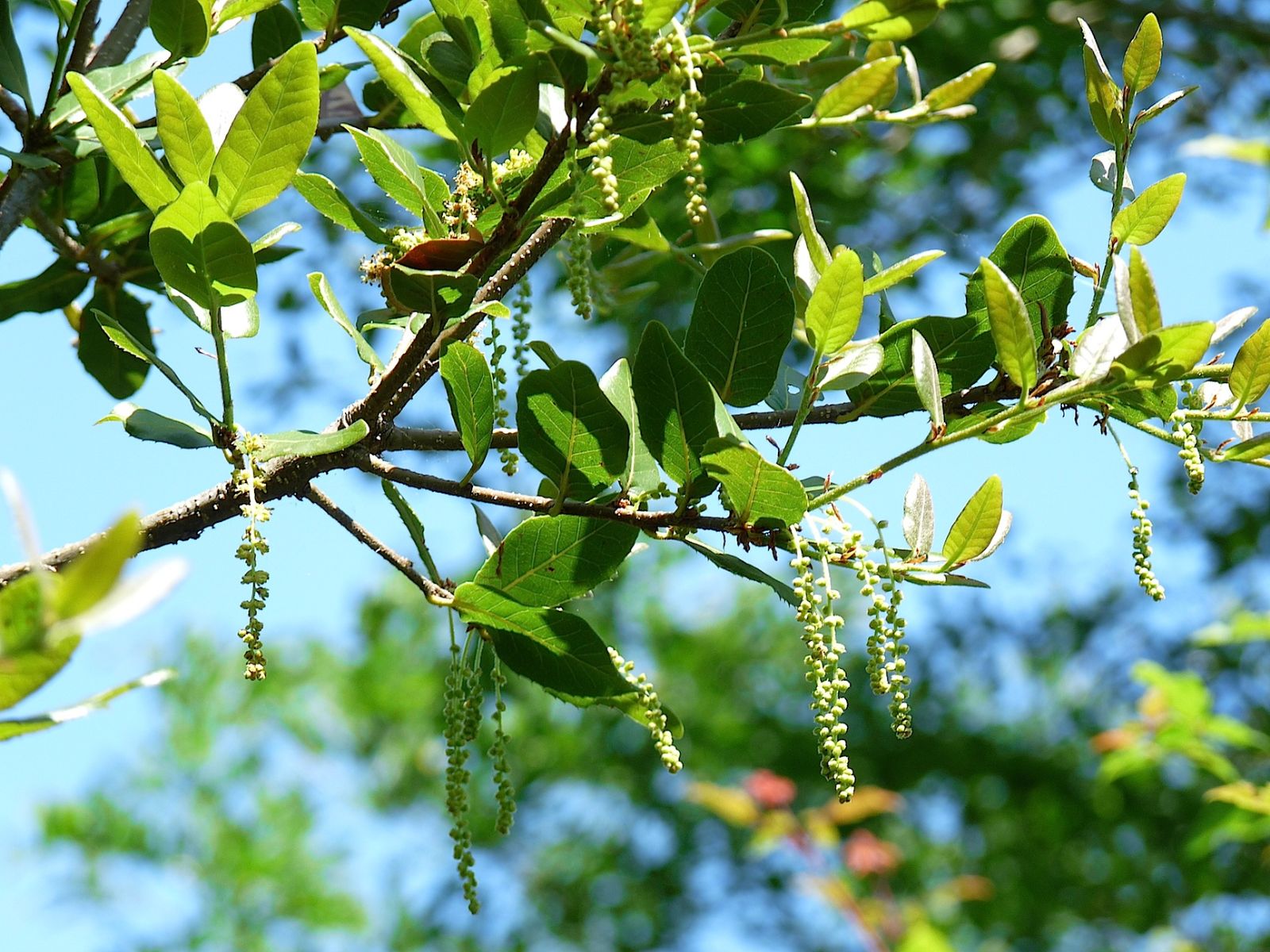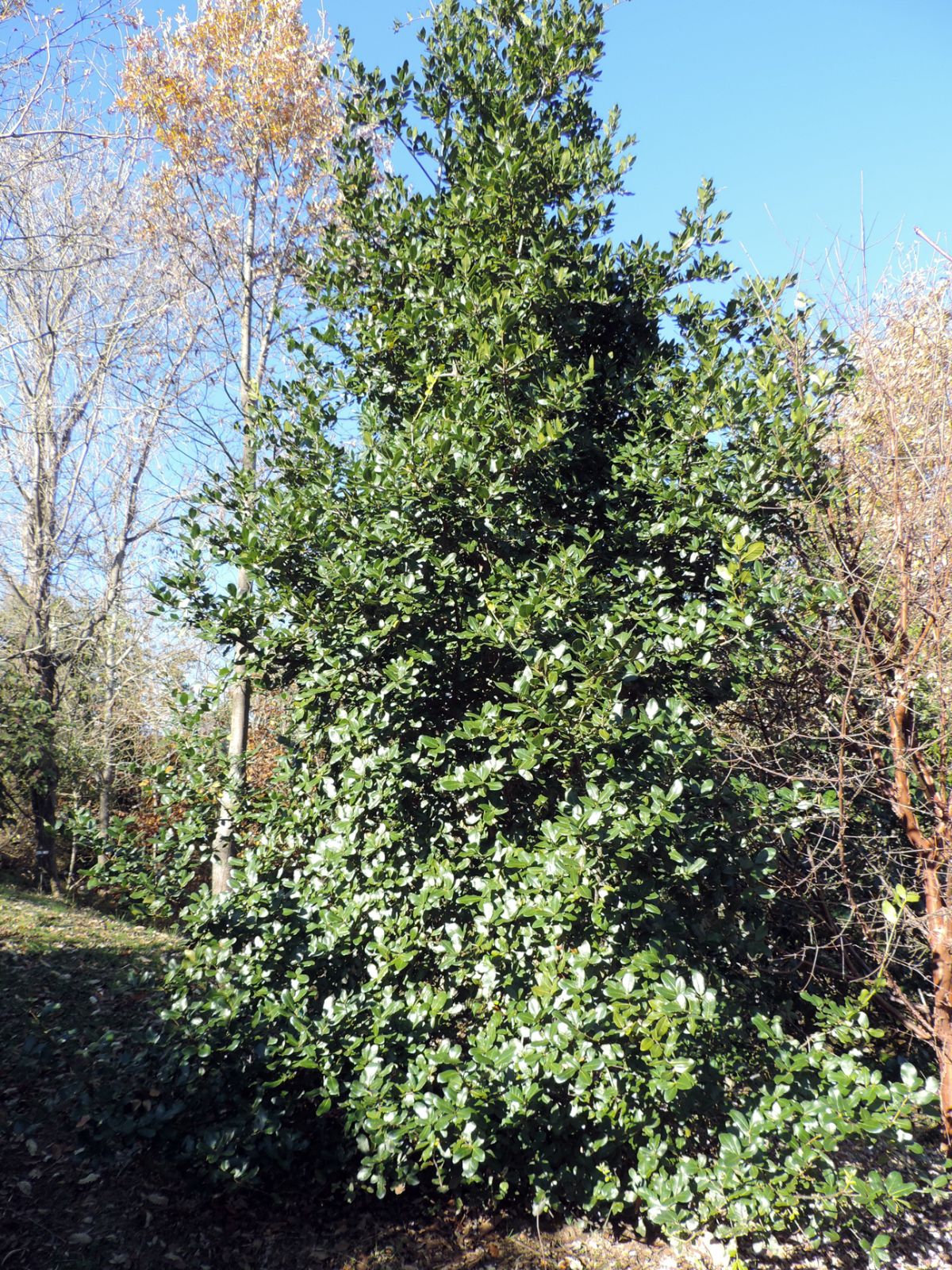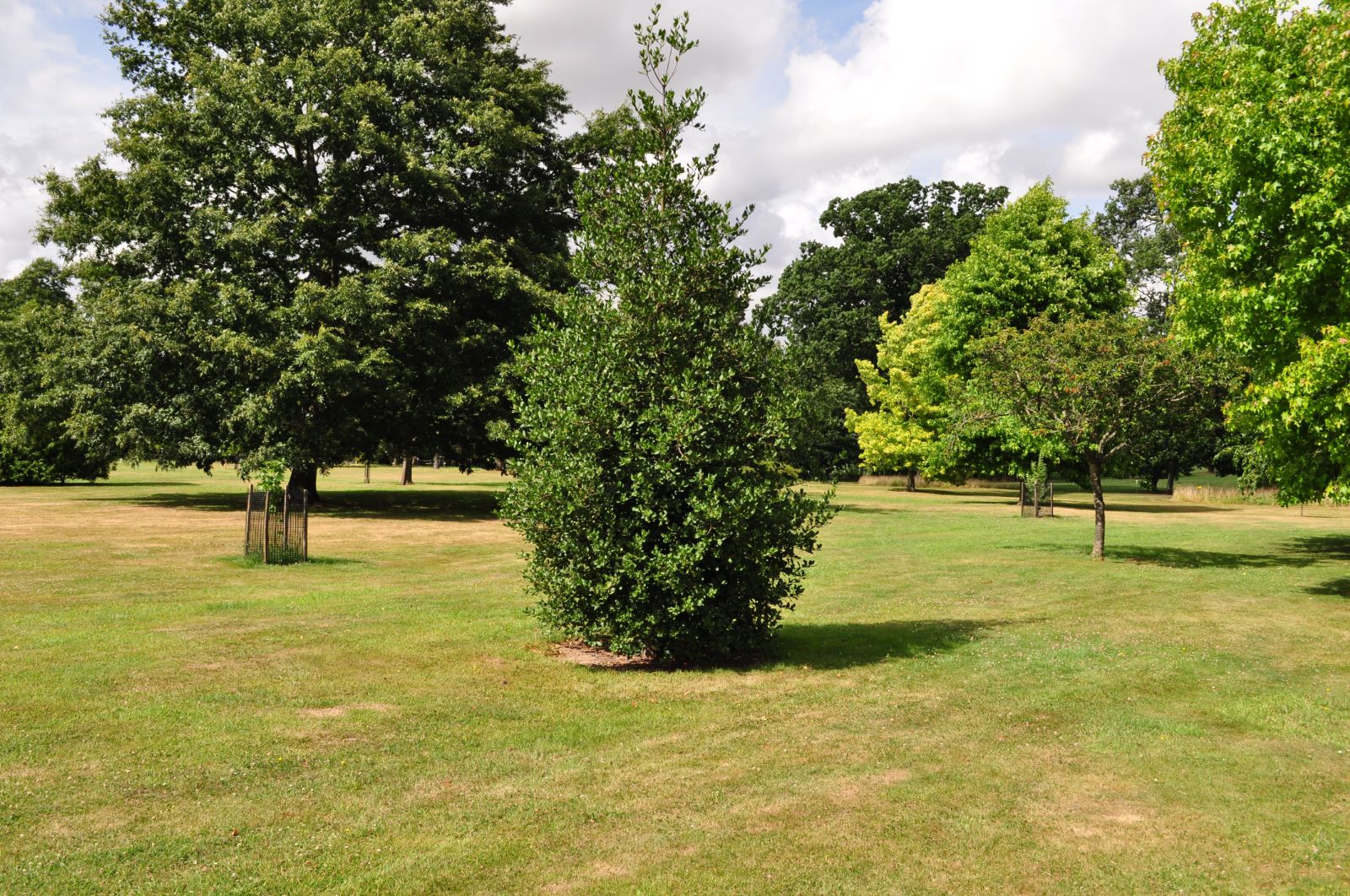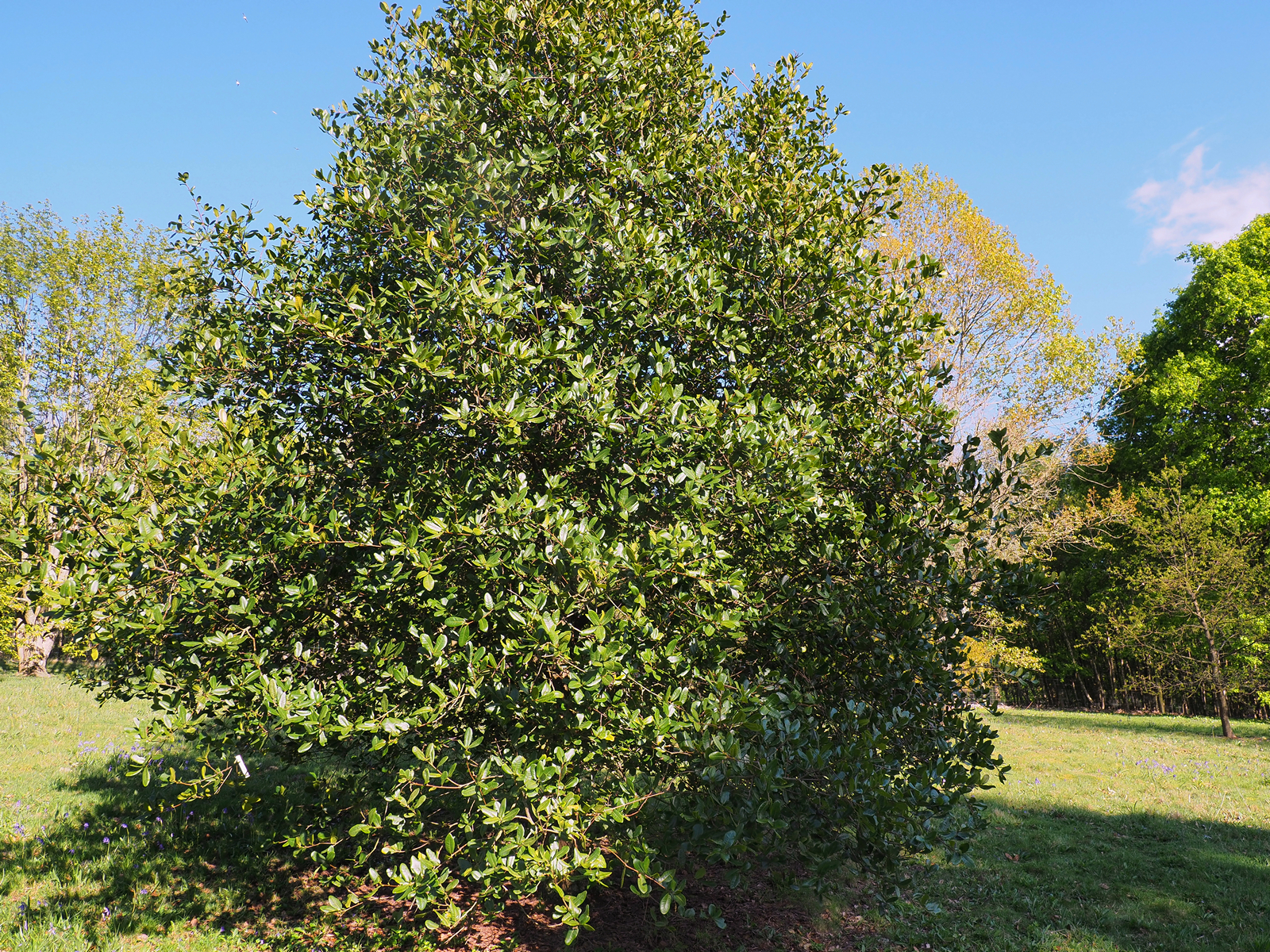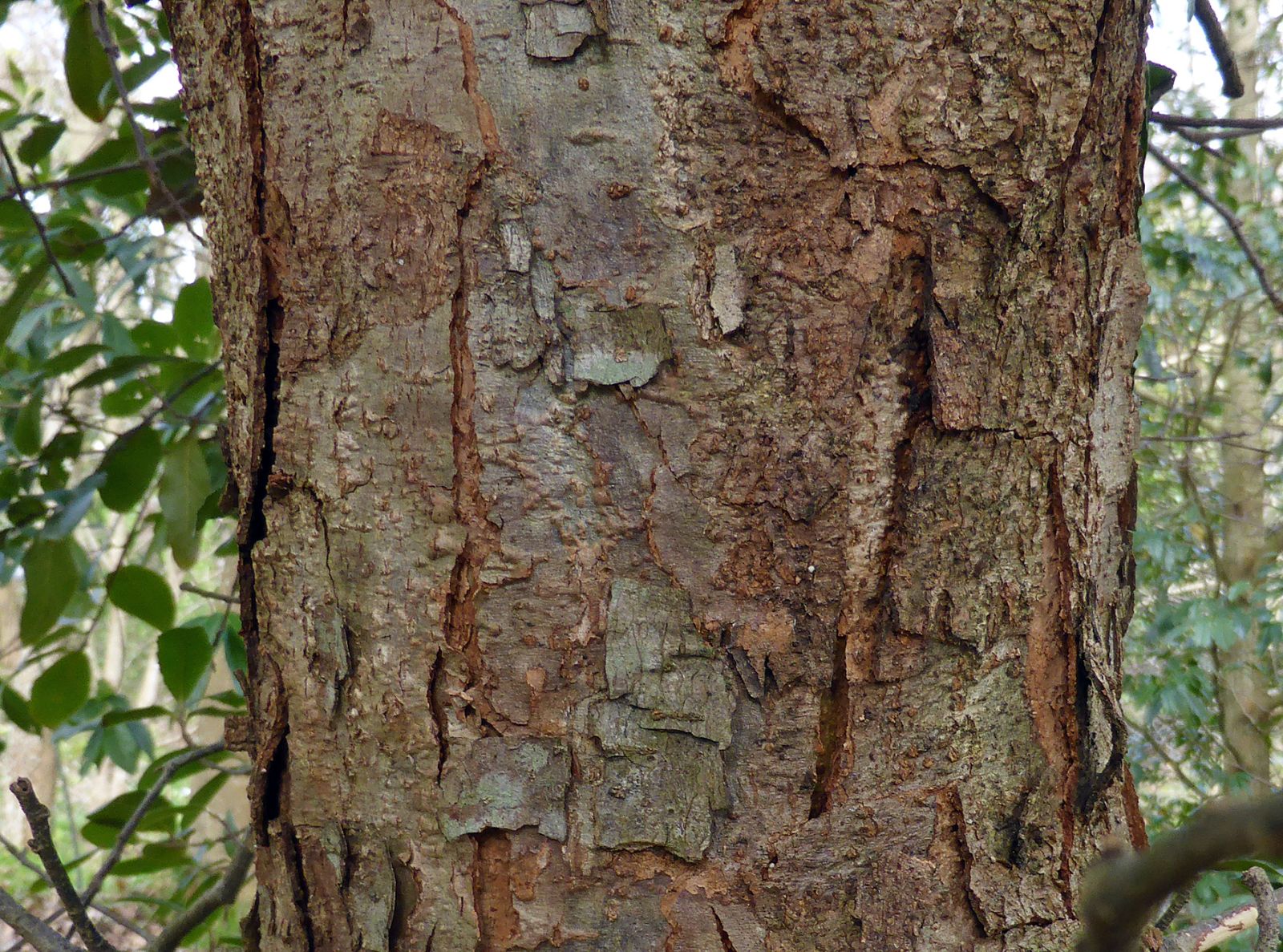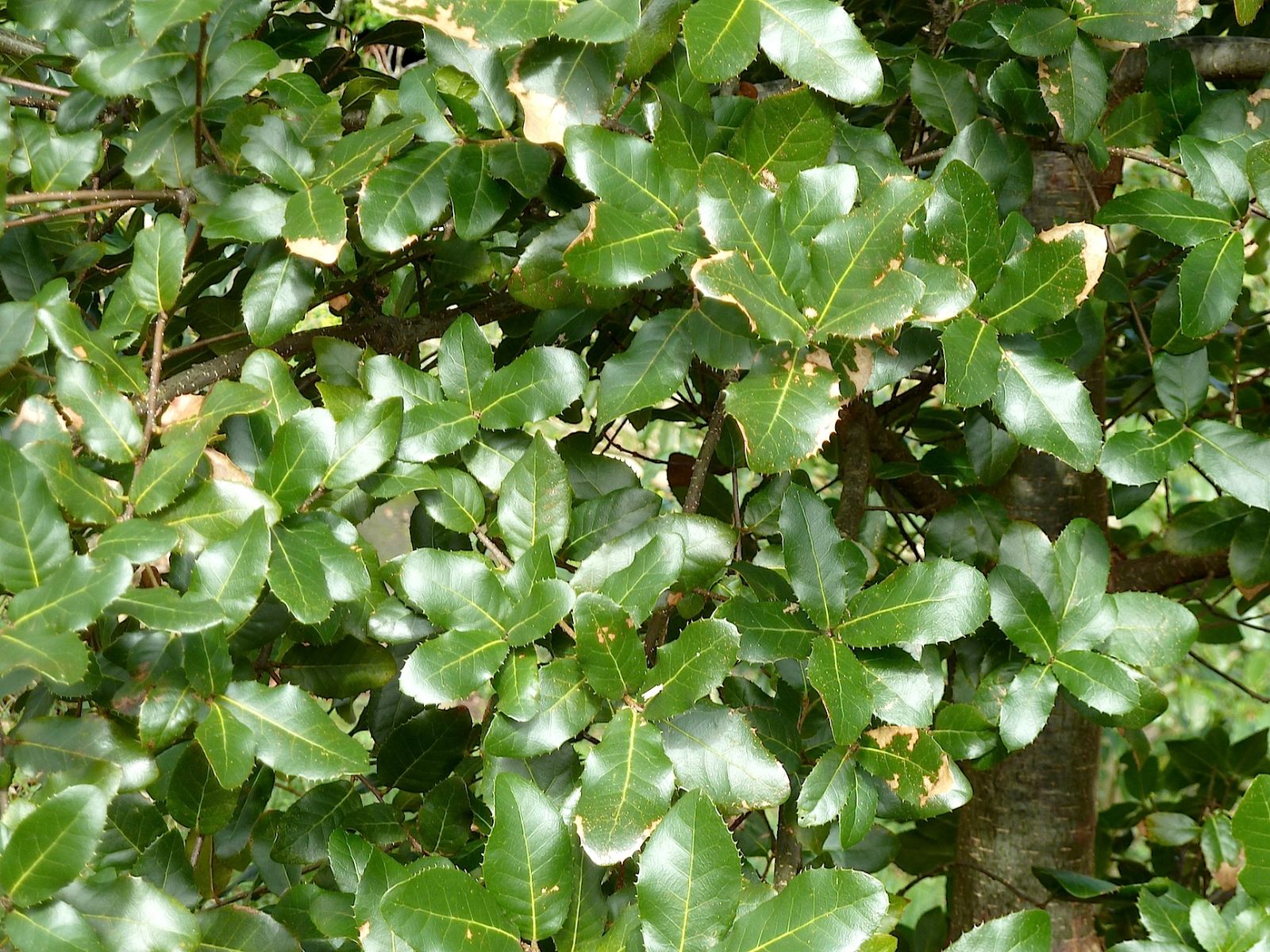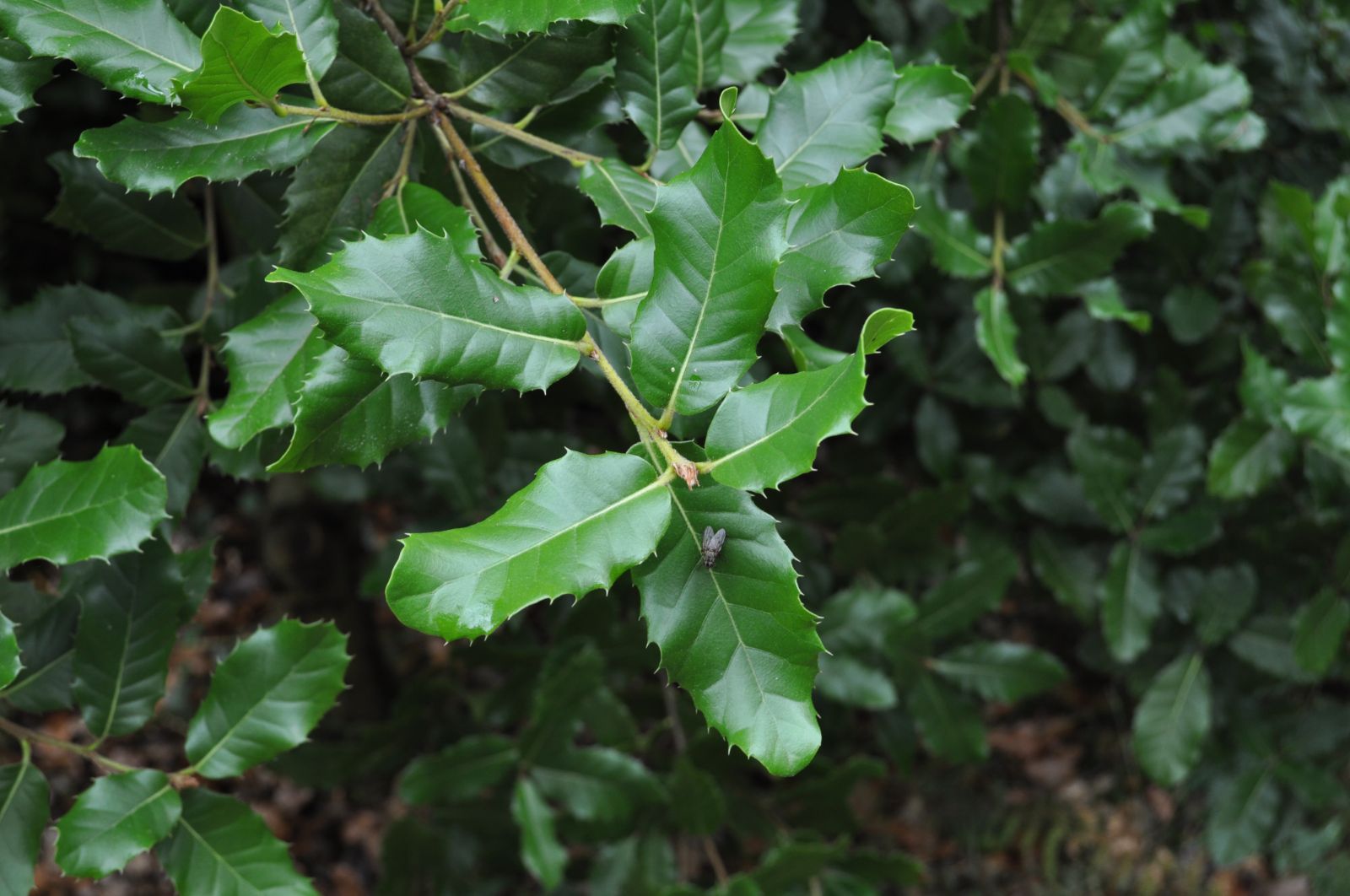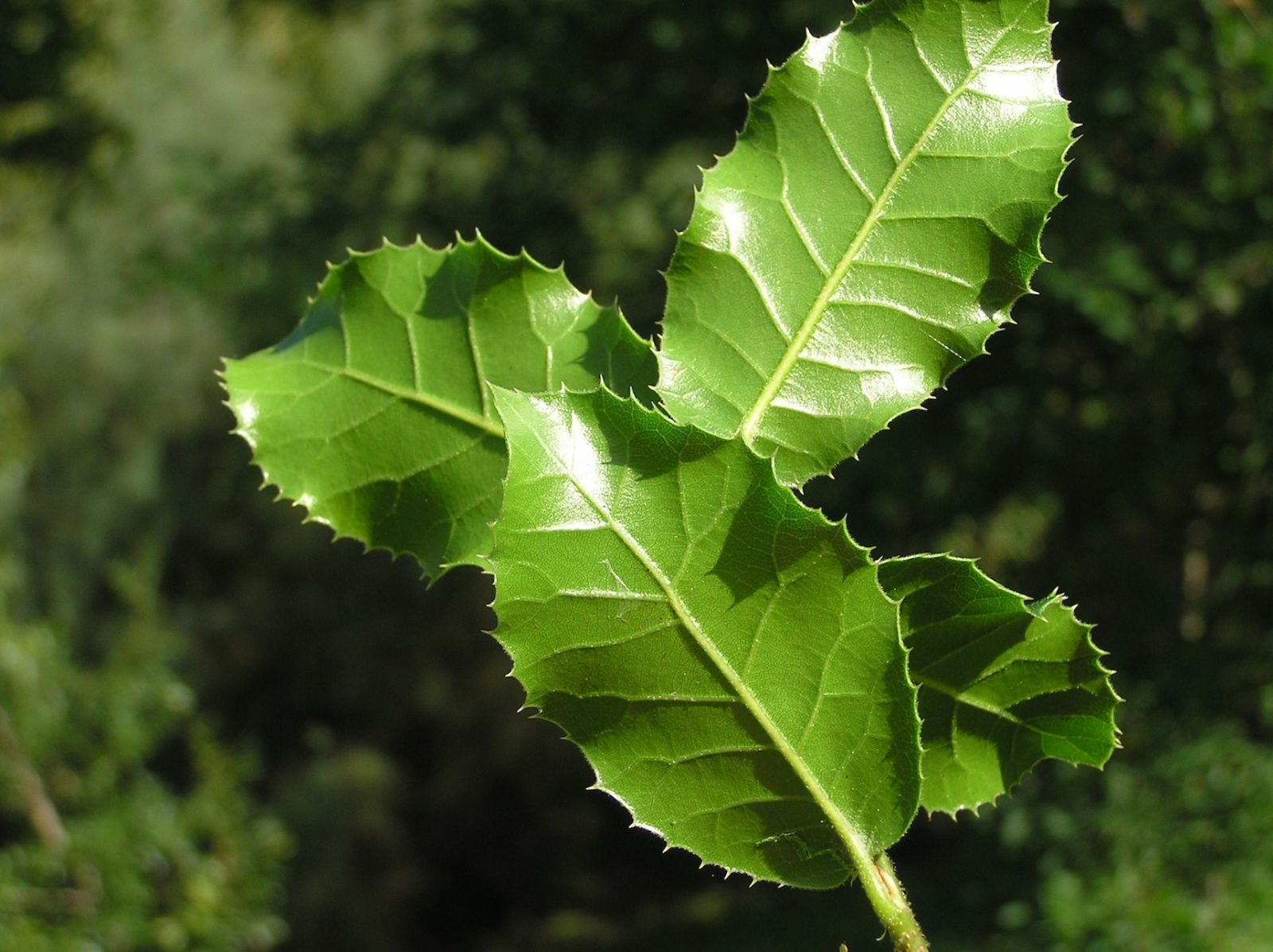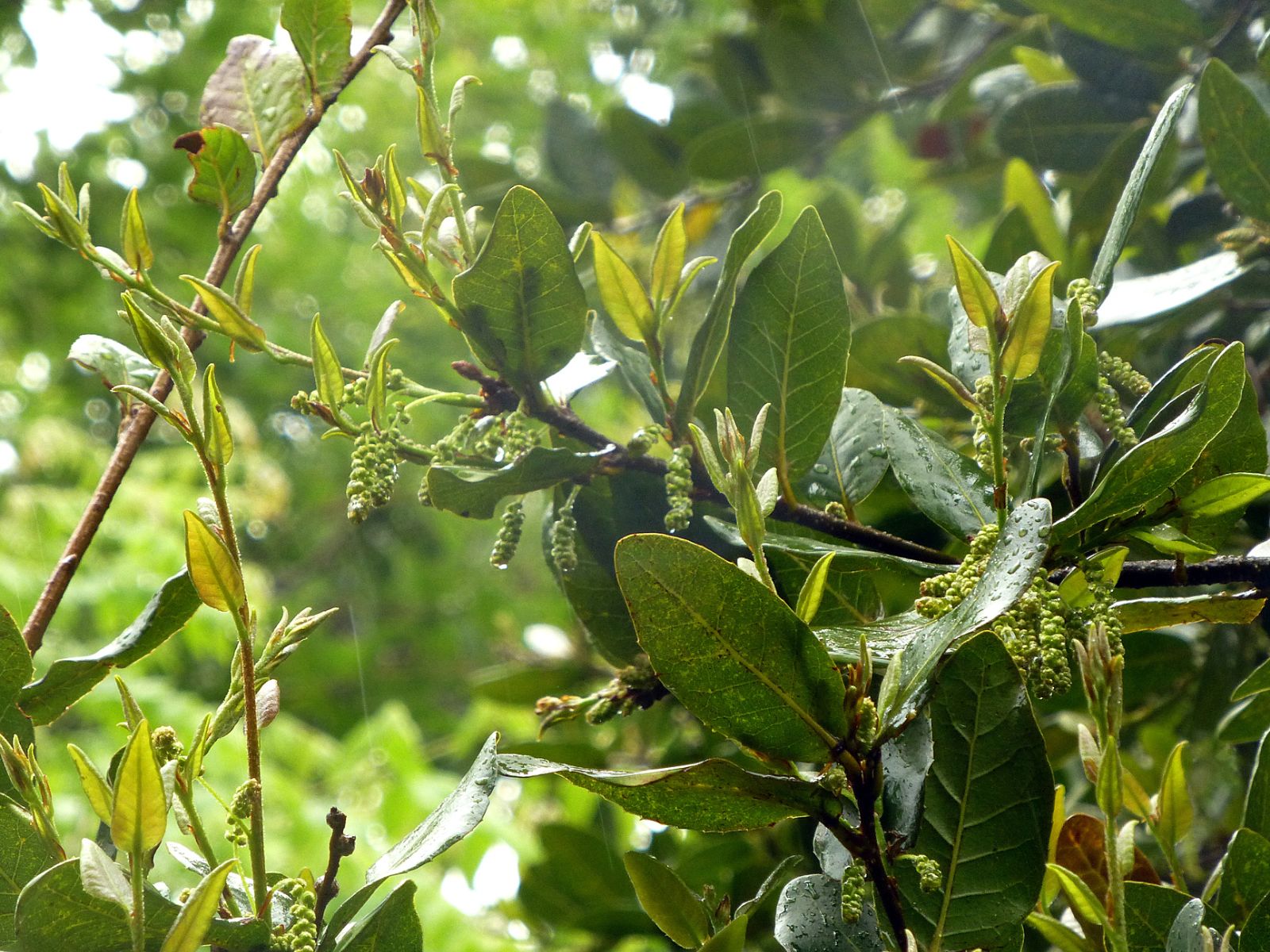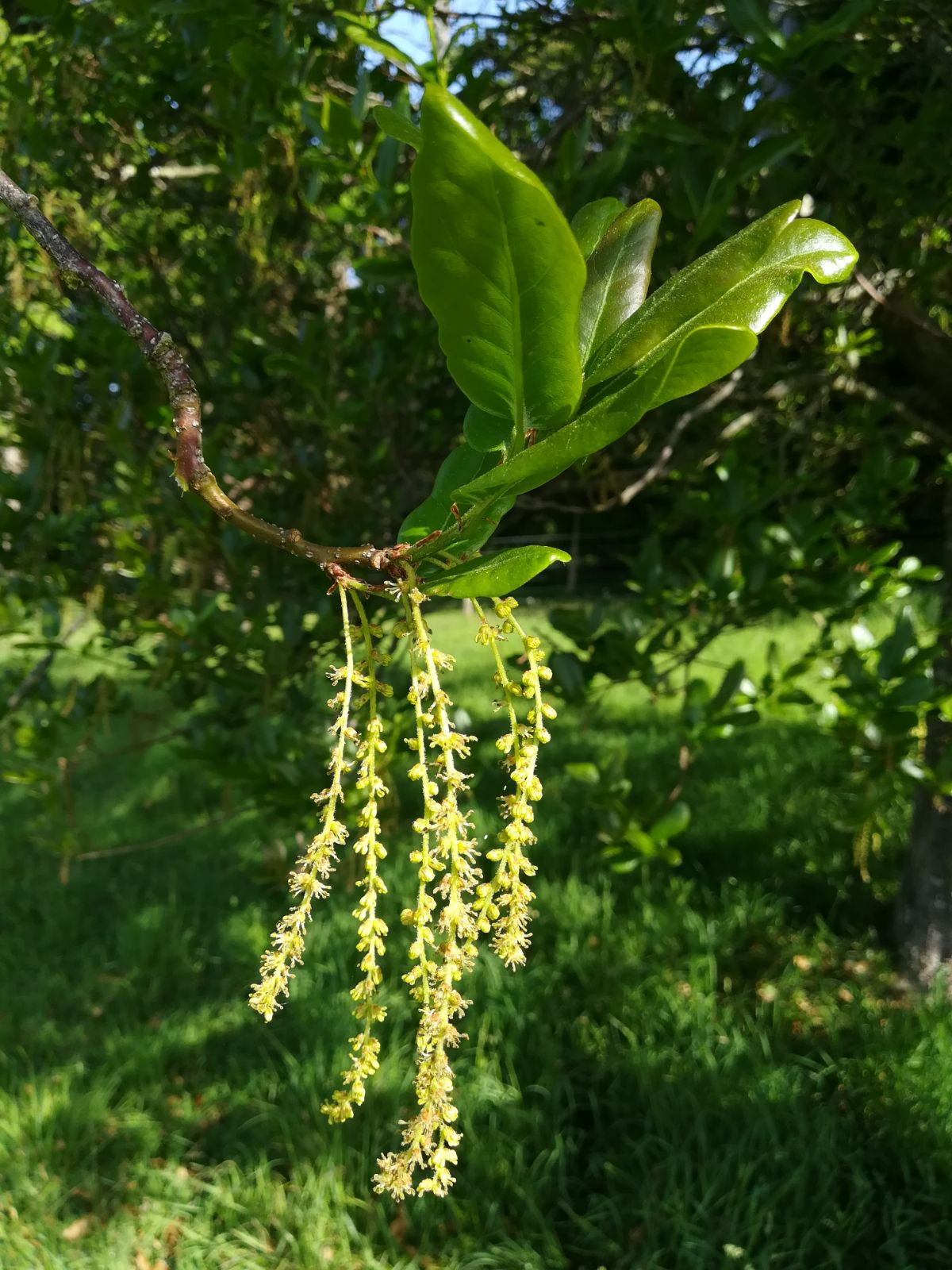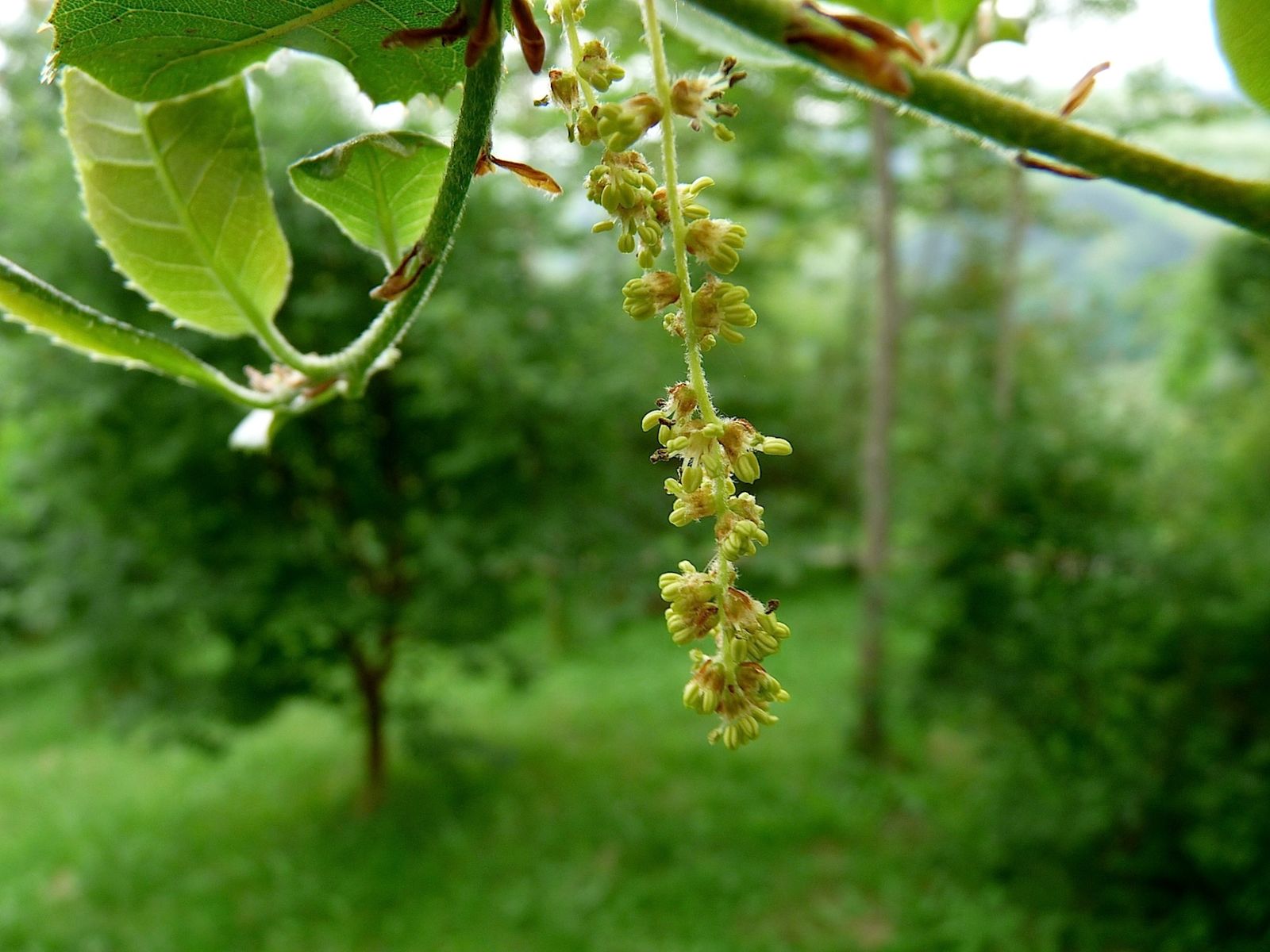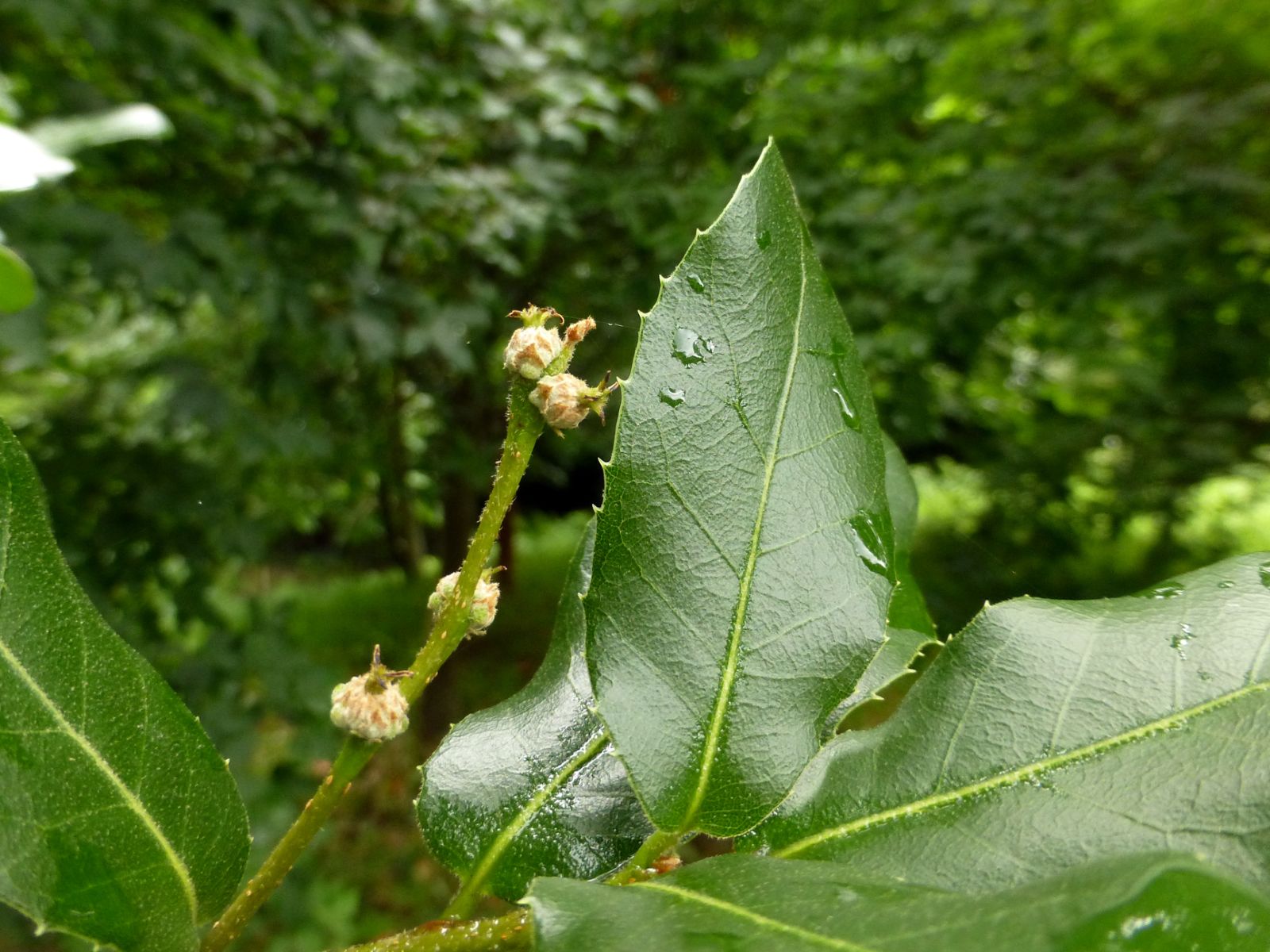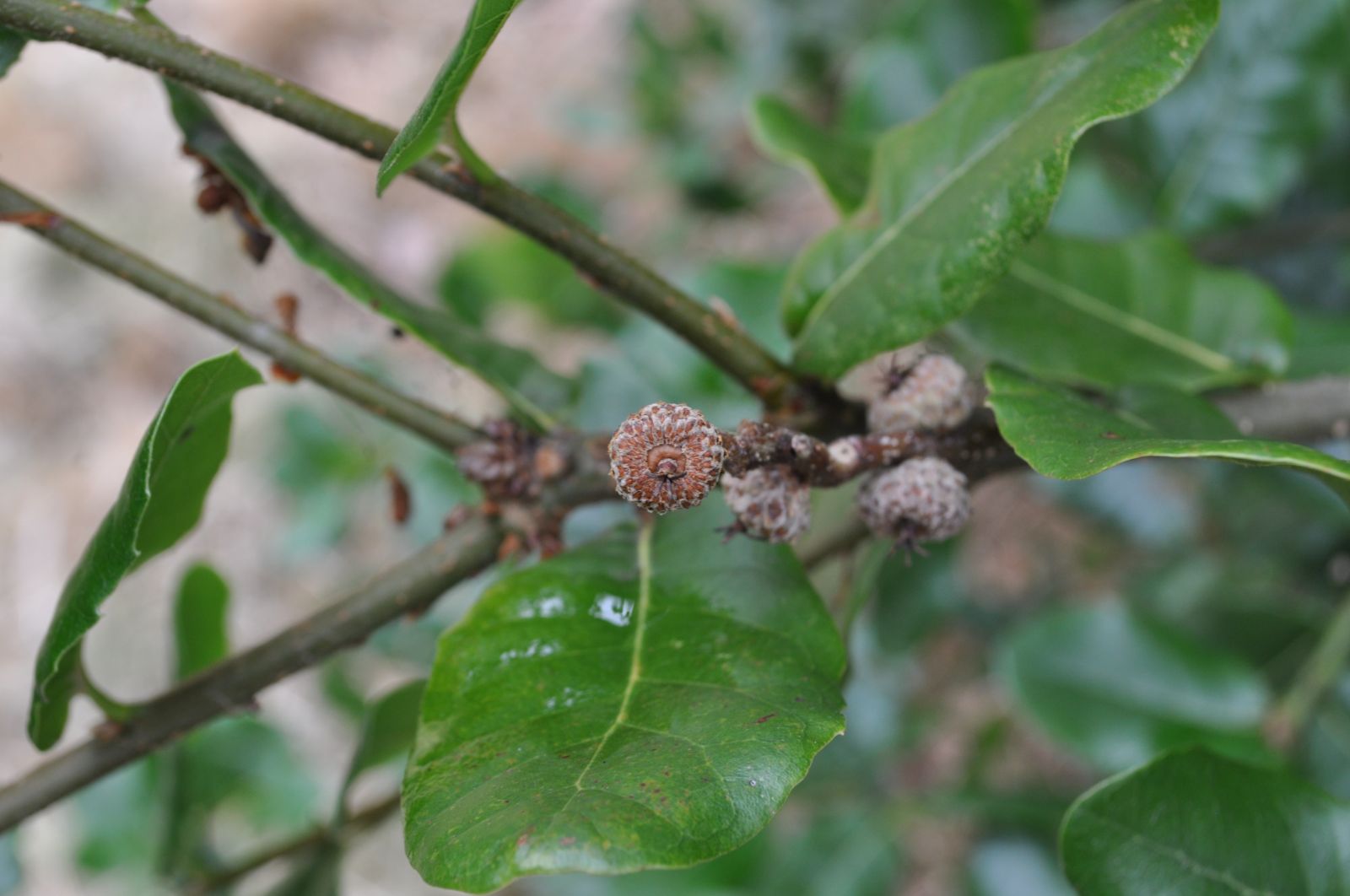Quercus rehderiana
Sponsor
Kindly sponsored by
The Trees and Shrubs Online Oak Consortium
Credits
Allen Coombes & Roderick Cameron (2021)
Recommended citation
Coombes, A. & Cameron, R. (2021), 'Quercus rehderiana' from the website Trees and Shrubs Online (treesandshrubsonline.
Genus
- Quercus
- Subgen. Cerris, Sect. Ilex
Synonyms
- Quercus pseudosemecarpifolia A. Camus [nom. illegit.]
- Quercus semecarpifolia var. glabra Franch.
Other taxa in genus
- Quercus acerifolia
- Quercus acherdophylla
- Quercus acrodonta
- Quercus acuta
- Quercus acutifolia
- Quercus acutissima
- Quercus afares
- Quercus affinis
- Quercus agrifolia
- Quercus alba
- Quercus aliena
- Quercus alnifolia
- Quercus aquifolioides
- Quercus arizonica
- Quercus arkansana
- Quercus aucheri
- Quercus augustini
- Quercus austrina
- Quercus × auzendei
- Quercus baloot
- Quercus bambusifolia
- Quercus baronii
- Quercus bicolor
- Quercus brantii
- Quercus buckleyi
- Quercus canariensis
- Quercus canbyi
- Quercus candicans
- Quercus castanea
- Quercus castaneifolia
- Quercus cerris
- Quercus chenii
- Quercus chrysolepis
- Quercus coccifera
- Quercus cocciferoides
- Quercus coccinea
- Quercus conspersa
- Quercus crassifolia
- Quercus crassipes
- Quercus delavayi
- Quercus dentata
- Quercus deserticola
- Quercus dolicholepis
- Quercus douglasii
- Quercus dumosa
- Quercus durifolia
- Quercus eduardii
- Quercus ellipsoidalis
- Quercus emoryi
- Quercus engelmannii
- Quercus engleriana
- Quercus euboica
- Quercus eugeniifolia
- Quercus fabri
- Quercus faginea
- Quercus falcata
- Quercus floribunda
- Quercus frainetto
- Quercus franchetii
- Quercus fruticosa
- Quercus fusiformis
- Quercus gambelii
- Quercus garryana
- Quercus geminata
- Quercus georgiana
- Quercus germana
- Quercus gilliana
- Quercus gilva
- Quercus glabrescens
- Quercus glauca
- Quercus graciliformis
- Quercus gravesii
- Quercus griffithii
- Quercus grisea
- Quercus guyavifolia
- Quercus hartwissiana
- Quercus hemisphaerica
- Quercus × hispanica
- Quercus hondae
- Quercus hypargyrea
- Quercus hypoleucoides
- Quercus ilex
- Quercus ilicifolia
- Quercus imbricaria
- Quercus incana
- Quercus infectoria
- Quercus insignis
- Quercus ithaburensis
- Quercus kelloggii
- Quercus × kewensis
- Quercus kiukiangensis
- Quercus laceyi
- Quercus laevis
- Quercus lamellosa
- Quercus lanata
- Quercus lancifolia
- Quercus laurifolia
- Quercus laurina
- Quercus × leana
- Quercus leucotrichophora
- Quercus × libanerris
- Quercus libani
- Quercus lobata
- Quercus lobbii
- Quercus lodicosa
- Quercus longinux
- Quercus longispica
- Quercus look
- Quercus × ludoviciana
- Quercus macranthera
- Quercus macrocalyx
- Quercus macrocarpa
- Quercus macrolepis
- Quercus marilandica
- Quercus mexicana
- Quercus michauxii
- Quercus mongolica
- Quercus monimotricha
- Quercus montana
- Quercus morii
- Quercus muehlenbergii
- Quercus myrsinifolia
- Quercus myrtifolia
- Quercus nigra
- Quercus × numidica
- Quercus oblongifolia
- Quercus obtusata
- Quercus oglethorpensis
- Quercus oxyodon
- Quercus pagoda
- Quercus palmeri
- Quercus palustris
- Quercus pannosa
- Quercus parvula
- Quercus petraea
- Quercus phellos
- Quercus phillyreoides
- Quercus planipocula
- Quercus poilanei
- Quercus polymorpha
- Quercus pontica
- Quercus prinoides
- Quercus pubescens
- Quercus pyrenaica
- Quercus reticulata
- Quercus robur
- Quercus rotundifolia
- Quercus rubra
- Quercus rugosa
- Quercus rysophylla
- Quercus sadleriana
- Quercus salicina
- Quercus sartorii
- Quercus × schneideri
- Quercus schottkyana
- Quercus semecarpifolia
- Quercus senescens
- Quercus serrata
- Quercus sessilifolia
- Quercus setulosa
- Quercus shumardii
- Quercus sinuata
- Quercus spinosa
- Quercus stellata
- Quercus stenophylloides
- Quercus suber
- Quercus subspathulata
- Quercus tarokoensis
- Quercus tatakaensis
- Quercus texana
- Quercus tomentella
- Quercus trojana
- Quercus tungmaiensis
- Quercus turbinella
- Quercus × turneri
- Quercus undulata
- Quercus utahensis
- Quercus utilis
- Quercus uxoris
- Quercus variabilis
- Quercus velutina
- Quercus virginiana
- Quercus vulcanica
- Quercus warburgii
- Quercus wislizenii
- Quercus xalapensis
Tree to 25 m but often shrubby when it is cut back for fuel. Bark dark grey-brown, fissured into rectangular plates. Young shoots thinly covered in pale brown hairs, becoming glabrous or nearly so. Leaves evergreen, leathery, with up to 12 veins on each side of the midrib, to 8 × 5 cm or more, elliptic to oblong or slightly obovate, rounded to shallowly cordate at the base, rounded or bluntly pointed at the apex. Margin with spiny teeth, particularly on juvenile plants, to entire. Thinly hairy on both sides when young, becoming glabrous and glossy dark green above and glabrous or thinly hairy and paler beneath, often retaining hairs at the base of the midrib. Petiole to 7 mm long, hairy at first becoming glabrous or nearly so. Infructescence to about 10 cm long bearing 2 or more cupules. Cup to 7 × 15 mm, the appressed scales yellow-brown, hairy except at the apex. Acorns broadly ovoid to rounded, up to 1.2 × 1.2 cm, less than half enclosed in the cup and ripening the following year. (le Hardÿ de Beaulieu & Lamant 2010; Huang et al. 1999).
Distribution China Guizhou, Sichuan, SE Xizang, Yunnan
Habitat Mountain forests and scrub at 1500–4000 m asl.
USDA Hardiness Zone 7
Conservation status Least concern (LC)
Taxonomic note Quercus pseudosemecarpifolia A. Camus has sometimes been regarded as a separate species, but this name was proposed as a replacement name by Camus who thought that the name Q. rehderiana was too similar to Q. × rehderi Trel.
Introduced to Tregrehan, England by Tom Hudson in 1993 where four plants remain, all 8–10 m in 2020 (T. Hudson pers. comm.), originating from three different locations in Yunnan, China: Zhongdian Gorge, Jianchuan, and the Salween near Gongshan.
In 2001 it was introduced to Kew from Sichuan (SICH 2254) and there are three plants there in 2020. A plant from the same collection, growing at Chevithorne Barton in Devon, was 1.5 m in 2012 although four years earlier it had been measured at 3 m – this reduction is perhaps because of the severity of the intervening winters. Plants of Q. rehderiana (Coombes 479, collected in 1998, Rippin 26 and 28, collected in 1999) at the Sir Harold Hillier Gardens have grown well, with a total of six plants, the tallest 6.7 m × 21.5 cm dbh in 2020 (B. Clarke pers. comm.). At Chevithorne Barton a plant from Rippin 26 was about 8 m in 2020 (J. MacEwen pers. comm. 2020). There are two plants at Thenford House, Northamptonshire, at 6 and 7 m (D. Webster pers. comm. 2020). At Peasmarsh Place, East Sussex, it had reached 12 m × 23 cm by 2018 (The Tree Register 2020).
In mainland Europe, two plants from a 1999 Jablonski collection from Yunnan grew vigorously at Ettelbruck and Kruchten, reaching 1.8 m by 2006, but they have since died, probably due to a combination of severe drought and extreme cold (E. Jablonski pers. comm. 2020). At Arboretum des Pouyouleix in France there are three plants including a collection by Josef Soucek in Guizhou. It reached about 10 m by 2019 at the Iturraran Botanical Garden in Spain and is also recorded at Arboretum Trompenburg in the Netherlands.
As with other oaks in Section Ilex, trees show considerable variation in their degree of foliar spinescence, from very prickly to almost smooth, but are distinctive for their glabrous, green undersides. The young plants in cultivation show a distinctly columnar habit.
Described in 1925 and named in honour of Alfred Rehder, German-American botanical taxonomist and dendrologist who worked at the Arnold Arboretum of Harvard University.

